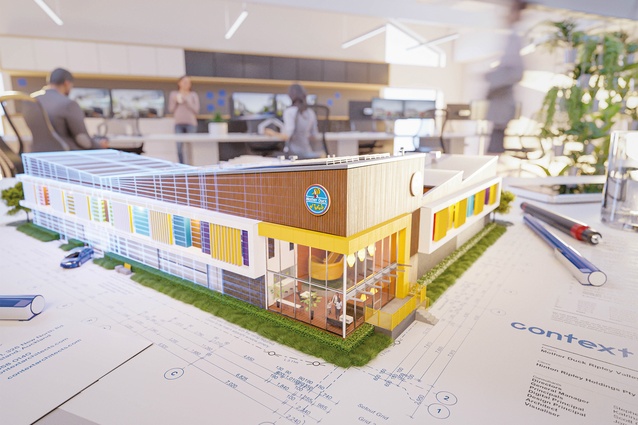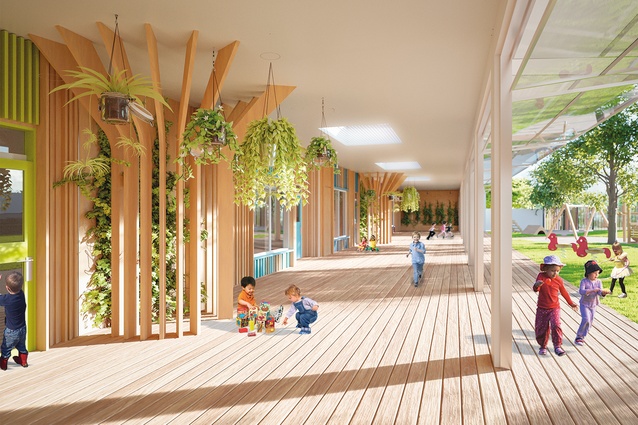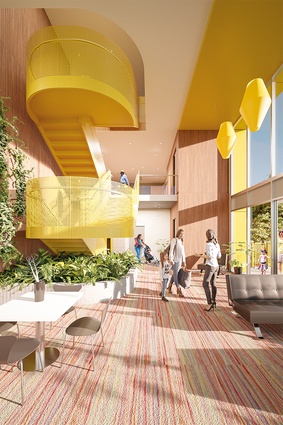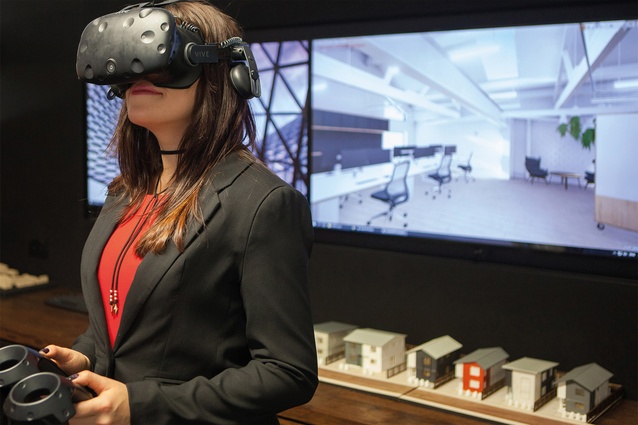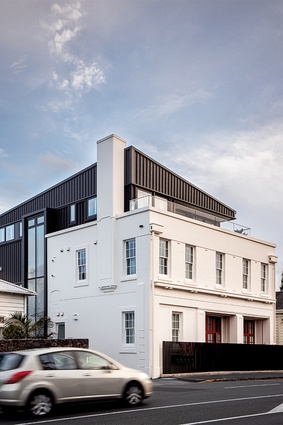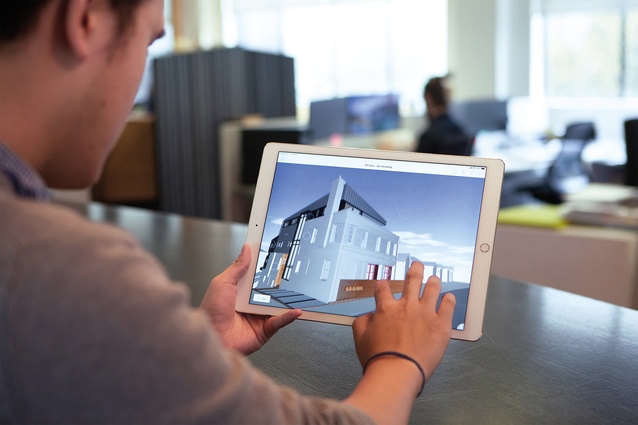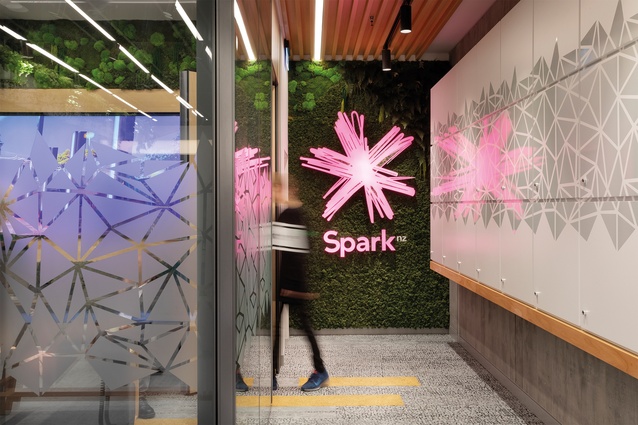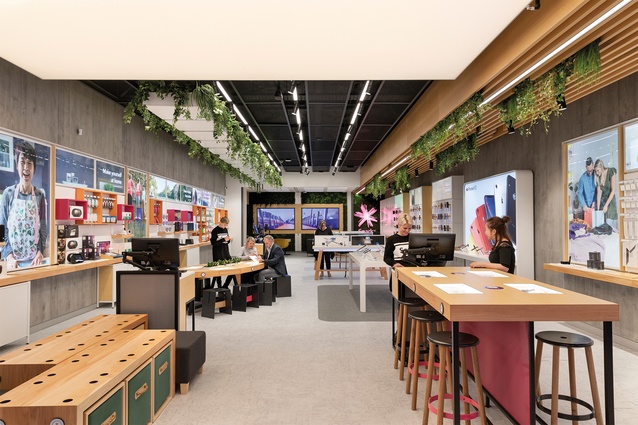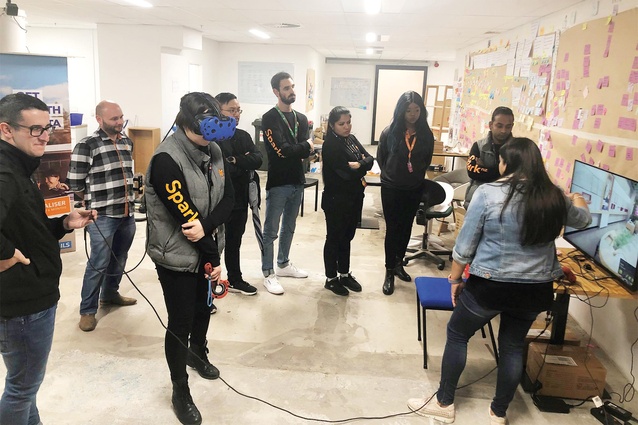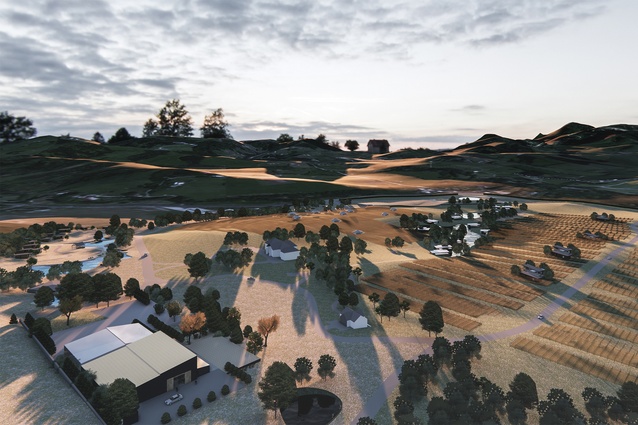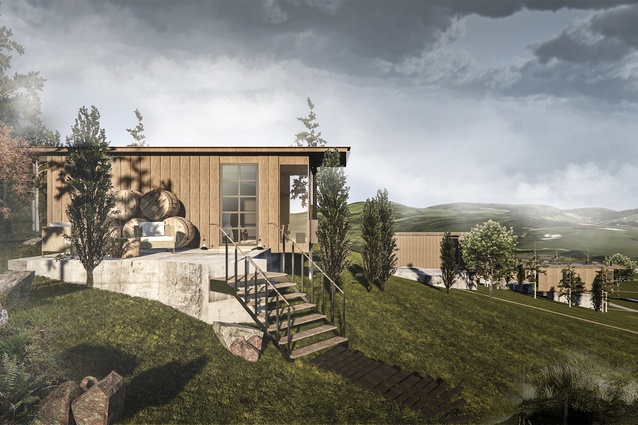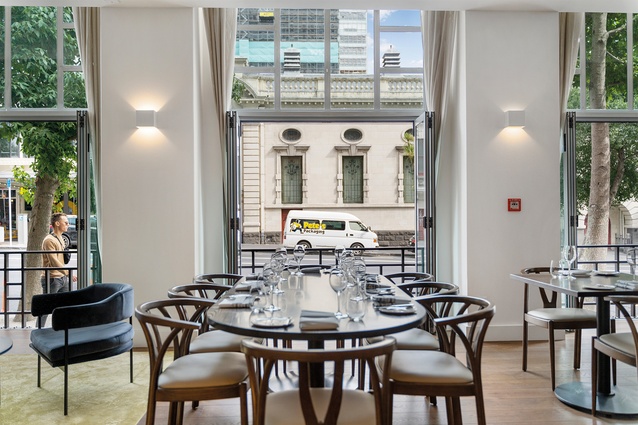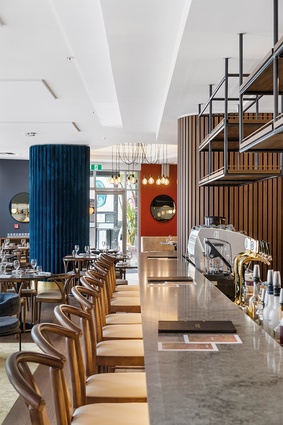Conducting architecture in a digital web
Stephen Voyle and Lisa Hinton of Context Architects reflect on today’s changing client expectations and the now-very-real need, in a post-pandemic world, to be transparent and collaborate with clients in real-time, immersing them in the design process and exploring new technologies to communicate design.
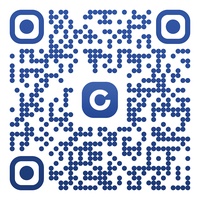
In this time of rapid and unprecedented transformation – a global pandemic, the proliferation of technology unicorns, a shift toward mobile working – the need for greater flexibility and new ways of collaborating with clients and colleagues has never been stronger.
The rise of technology, particularly over the last decade, has cast a digital web over the world, connecting people, nations and markets in ways once unimaginable and spawning a myriad solutions to improve our communication, collaboration and productivity capabilities.
No industry, architecture included, is immune to this technological revolution. Clients want personalised service and a platform on which their stakeholders and consultants can collaborate; more communication and more conveniently accessible data, and the opportunity to have their say and be made aware of risks and issues sooner rather than later.
Expectations have shifted toward personalised real-time, digital, location-agnostic services –smart tech, remote solutions and digital prowess are no longer just on the ‘wish list’. As the current global climate has laid starkly bare, these things are now essential to business survival.
By taking advantage of an ever-growing, technologically-abundant landscape, architects can offer vastly improved efficiencies, maximise creative design outcomes and enhance customer experience as the industry moves to a more client-centric approach.
So, what technology, in particular, should architects adopt to achieve this approach? Enter the digital landscape of the future.
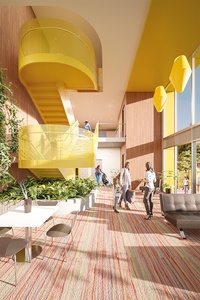
Enabling creative collaboration
The more architects can collaborate with their clients and the more control they can offer them over their designs, the more the client will trust the architect to help them realise their key goals and larger outcomes. Combining tools such as virtual and augmented reality (VR and AR), ArchiCad’s mobile BIMx, 3D scanners, 3D printing and drones gives clients a more immersive, collaborative design experience.
A barrier-breaker in the quest for creative collaboration, augmented reality (AR) animates flat lines on a page, elevating 2D drawings to 3D models and greatly increasing a client’s understanding of a design.
Context implemented both AR and mobile VR to bring the design of Brisbane-based Mother Duck Childcare Centres’ Ripley flagship to life. The technology enabled CEO Karen Prestedge and her team to experience the plans first-hand while the mobile VR greatly facilitated design collaboration, allowing our New Zealand-based Context team to receive real-time feedback from our Australia-based clients and enabling the latter to zero in on important pieces of the design.
Prestedge said that when new elements and features were decided on, such as a yellow staircase that tied in with Mother Duck’s trademark yellow brand identity, the ability to see through a VR lens was transformational.
Exporting New Zealand design
The applications of AR and mobile VR on the Mother Duck project also demonstrate the potential of technology to enhance New Zealand architecture’s commercial and export capacities – things that will only become more important as the world pivots towards remote working.
Architectural practices can now look to follow in the footsteps of pioneering brands such as Icebreaker, Allbirds and Karen Walker, which have already established a distinctive global presence. As an industry, we can use new technologies to export our design services, positioning New Zealand architecture and design as a unique Pacific story.
Mobile VR encapsulates the globetrotting capabilities of technology in architecture. With just a headset and a mobile device, offshore clients can dive into their future space and immerse themselves in the details and scale of the project. By mailing a headset to Brisbane, Context gave the Mother Duck team better comprehension of the features of the innovative child-centric design and of how we intended to achieve one of the centre’s key goals: satisfying the requirements of the international Living Building Challenge and becoming Queensland’s first Living Building.
Not only are you giving clients the ability to experience and interact with the design and to easily engage their stakeholders and garner feedback, but you’re also giving your practice the ability to work remotely and overseas, immediately broadening your international business prospects.

Delivering design to people’s devices
To operate with a truly customer-centric approach to design, it is vital to provide clients with as much visibility and transparency as possible.
Technology such as BIMx establishes a technological link between architectural drawings and a client’s phone, generating what’s essentially a conveniently accessible digital portal to the client’s architectural plans.
Usable on desktop and mobile, it puts easily understandable 3D versions of plans and designs into the palm of a client’s hand – giving them real-time access to their project status and updates and allowing them to quickly and easily share project progress with all stakeholders. It offers full visibility and transparency in an approachable virtual tool.
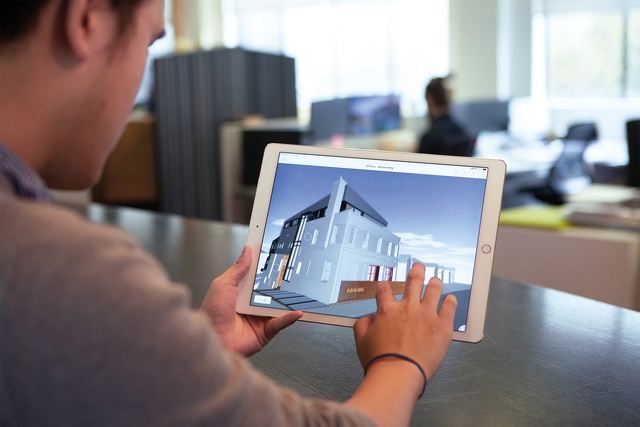
Particularly valuable for projects involving many parties, BIMx has proven instrumental to Context’s behind-the-scenes involvement with long-running Warner Bros. television renovation show, The Block, with its user-friendly interface, constant updates and straightforward shareability enabling the myriad moving parts of each season’s production to run as smoothly as possible.
From client feedback to staff training
When it comes to client benefit, smart devices hold great potential but full VR is a radical game-changer. The power here lies in the immersive experiences – photoreal environments that drop clients into a proposed design and allow them to physically interact with the space and its contents.
The capacity of VR in architecture is striking; with nothing more than a headset, you move through your future space as if you’re there. True-to-life details such as the fabric on a chair, the hues of paint and the sunlight on a window capture the client’s senses (as well as those of their stakeholders, staff and end-users), as they experience exactly how a proposed design will look, sound and feel once it’s realised.
This immersion is a way to assuage common client concerns. Most people can’t read plans off a 2D page, so clients frequently comment: “I didn’t know that was going to be there” or “I had no idea the view would look like that” after a project is built. VR anticipates and negates those situations; clients can put on a headset, step into the design and trial the space themselves before it’s built.
VR presents a slew of potential uses, from on-the-spot design feedback to staff and sales training. A new frontier for architecture, it improves the client-architect dynamic by enabling stakeholders to test ideas and eliminate issues without real-life risks or costs.
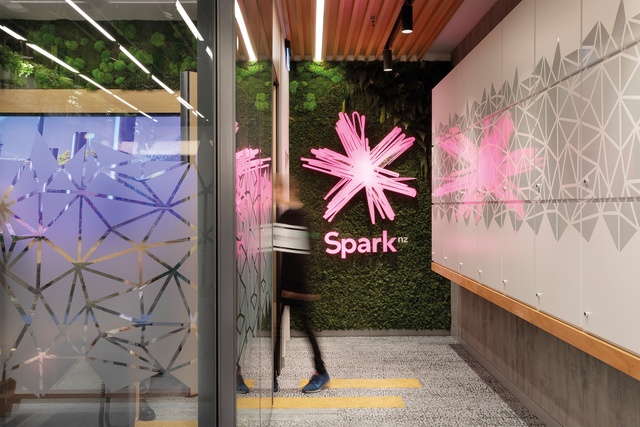
In the case of telecommunications company Spark’s award-winning contemporary flagship store, Halo, the layout and customer journey took their cues from Context’s extensive VR engagement throughout the process. This saw the Context and Spark teams come together in the virtual world to test-drive the proposed design, experiencing the store flow from a customer’s perspective and fine-tuning details to optimise the customer experience.
Spark Learning Partner Niall McCarthy said the VR allowed his team to understand their customer journey more deeply, using the interactive environment to explore things like the use of agile furniture for customer education sessions in-store.
Beyond spatial design, VR also played a pivotal role in preparing Spark staff for the eventual store opening by familiarising them with the environment and training them in true-to-life customer service scenarios.
Outside of commercial environments, VR also offers value for residential projects. By eliminating uncertainty over how the on-paper design will translate to a physical space, it provides peace of mind for the client and allows them to put their full trust in the architect.
Context’s first client, Stuart Cummings, engaged the practice to build his home in 2005 and later to remodel his Raglan bach in 2019. Cummings said he and his wife couldn’t believe what a difference it made to stand “in” the finished product, move between the rooms and outdoor spaces and be confident in the views that they would see. The couple says it gave them a far better sense of the flow and proportionality of the spaces and allowed them to make more informed decisions.
The collaborative value of VR is that it takes out the notion of a ‘leap of faith’. The client is engaged throughout the process; they can make quick decisions and feel certain about where they and the design are headed.
Finding perspective with drone capture
The ability of technology to streamline and enhance client experiences across all sectors – personal, multi-unit residential, commercial and retail, tourism and hospitality – finds yet another example in one of today’s most popular pieces of tech, drones.
Utilised on projects of all scales, drone capture uses photogrammetry to generate the wider context of a site. Post-capture, this footage is employed for a multitude of purposes, from informing masterplans to blending with VR and enabling clients to experience the reality of a space.
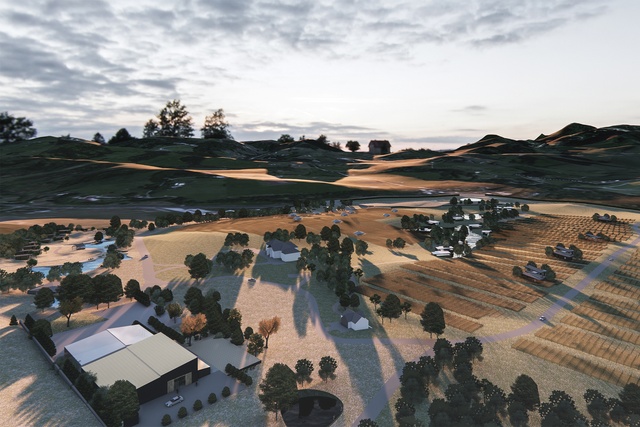
The design of the Cummings’ Raglan bach saw Context implement drone capture to achieve one of the client’s main goals: maximising views out to the sea. By taking 360-degree drone footage and feeding it into VR, the couple were able to walk through a virtual rendering of the new home and see exactly what they would be looking at once the walls went up.
With Civil Aviation Authority regulations in place for drone pilots and airspace use, drone capture involves slightly more upkeep than other technologies but, with applications extending from baches through to tourism projects, such as Context’s design for Matakana Estate, it’s worth the time and effort to employ this technology and train drone pilots in your practice.
Staying relevant in a digital age
It is important we work to meet clients’ growing reliance on and demand for digital solutions and to exceed their expectations by incorporating technologies into our workflows.
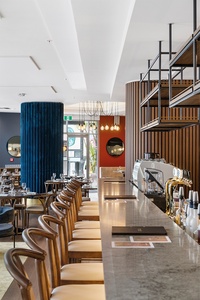
It has long been understood that the future is digital but recent events have made it abundantly clear that ‘future’ can no longer be defined as 20 years, 10 years, or even five years from now. It’s here and, as we move ever further into the technological age, so, too, must our design and delivery methods if we want to grow our businesses.
Looking ahead, the potential for artificial intelligence to produce designs off algorithms means that working drawings are likely to be automated, or outsourced more cheaply to other countries, in the coming decades. If that’s where things are going, where will we add value? The human element will be where our value sits, which means we have to position our businesses towards the front end – towards a client-centred experience.
Context has worked on designs for the Scenic Hotels’ Auckland Airedale Boutique Suites and Dunedin City Hotel, utilising fully immersive VR and BIMx technology to ensure everything is right at the initial design stage.
There’s no one-size-fits-all approach to incorporating technology into your practice. We started small by seeking feedback and input from our clients and then experimented until we found the right technological fit for us.
But finding a way is a must to stay commercially relevant. As Scenic Hotels Development Manager Richard Hayman points out: “The architect remains uniquely positioned to tie everything together but, to do so, they must step up to the dais and embrace technology and delivery skills as equal with design. They must become the conductor that leads a sweet-sounding orchestra.”
Stephen Voyle is the Managing Director of Context Architects, a 70-person integrated design practice with studios in Auckland and Christchurch. Stephen holds a BArch (Hons), BBSc, NZCD (Arch) and FNZIA, and is a Registered Architect (NZ and QLD). Lisa Hinton is one of Context’s founding directors and is responsible for driving the practice’s strategic direction. Lisa holds a BBus, GradDip Public Relations and MA International Relations.

